Vintage Anatolian Jijim Rug 5' 5" x 9' 10" (65" x 118")
Type:
Kilim RugsCollection:
JijimsID:
K0072251Size:
Material:
Design Elements
- Structure: The rug features a unique hexagonal pattern, creating a visually engaging geometric design.
- Repetition: The repeated motifs within the hexagons contribute to the rug's rhythm and unity, common in traditional kilim designs.
- Border Details: The rug's edges have a contrasting yet complementary design, framing the central motifs and enhancing the overall aesthetic.
Design Elements
- Structure: The rug features a unique hexagonal pattern, creating a visually engaging geometric design.
- Repetition: The repeated motifs within the hexagons contribute to the rug's rhythm and unity, common in traditional kilim designs.
- Border Details: The rug's edges have a contrasting yet complementary design, framing the central motifs and enhancing the overall aesthetic.
Colors
- Color Palette: The rug showcases a rich, earthy palette dominated by deep reds, browns, and hints of vibrant colors such as pink and yellow.
- Contrast: The combination of dark background hues with bright motifs ensures that the central designs pop, drawing the eye.
- Symbolism of Colors:
- Red: Symbolizes strength, passion, and warmth.
- Brown: Represents stability and the earth, grounding the design.
- Pink and Yellow: Signify joy, vitality, and celebration of life.
Main Motifs and Their Symbolism
- Floral Patterns: The flowers found within the hexagons represent nature, beauty, and the cycle of life. They often hold specific meanings based on the type of flower depicted.
- Geometric Shapes: Common in kilim design, these shapes signify harmony and balance, reflecting a strong connection to mathematical concepts found in nature.
- Hexagonal Layout: The hexagons symbolize unity and interconnectedness. This shape is often associated with protection and stability within a home.
- Color Use in Motifs: The vibrancy of the motifs symbolizes joy and vivacity, celebrating life’s fullness.
Summary
The vintage Anatolian kilim rug, woven using the jijim technique, features a rich geometric design characterized by hexagonal patterns filled with vibrant floral motifs. The earthy tones combined with bright accents speak to harmony, beauty, and the interconnectedness of life. Each motif and color carries significant symbolism, reflecting deep cultural meanings tied to nature, protection, and celebration. This kilim is not only a decorative piece but also a tapestry of stories and meanings woven through its intricate designs.
- Ships in 1-2 business days
- Free shipping via FedEx or UPS
- Contact us or add a note to your order if you want us to delay your shipping.
- Only one in stock, handmade, unique
- Easy returns, 100% satisfaction guaranteed
- Available for US only
Send an image of your room with the dimensions to sales1@kilim.com and we will do a Photoshop simulation with the rugs or furniture you choose.
You can also visualize most of our products in your own room with AR (augmented reality) on an iPhone or iPad. Just click the "AR View in Your Room" button below the item photo.
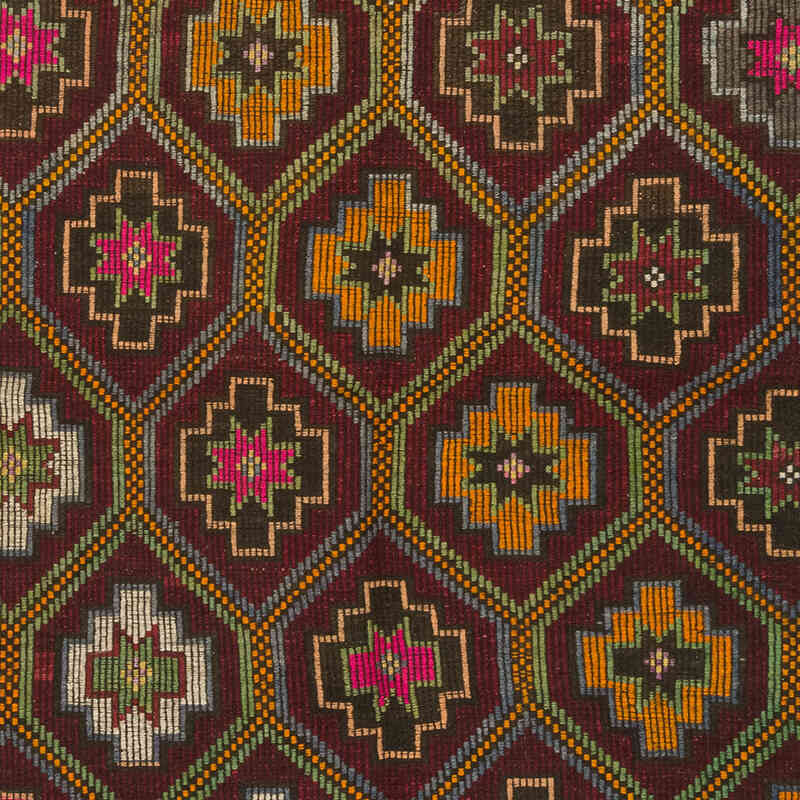
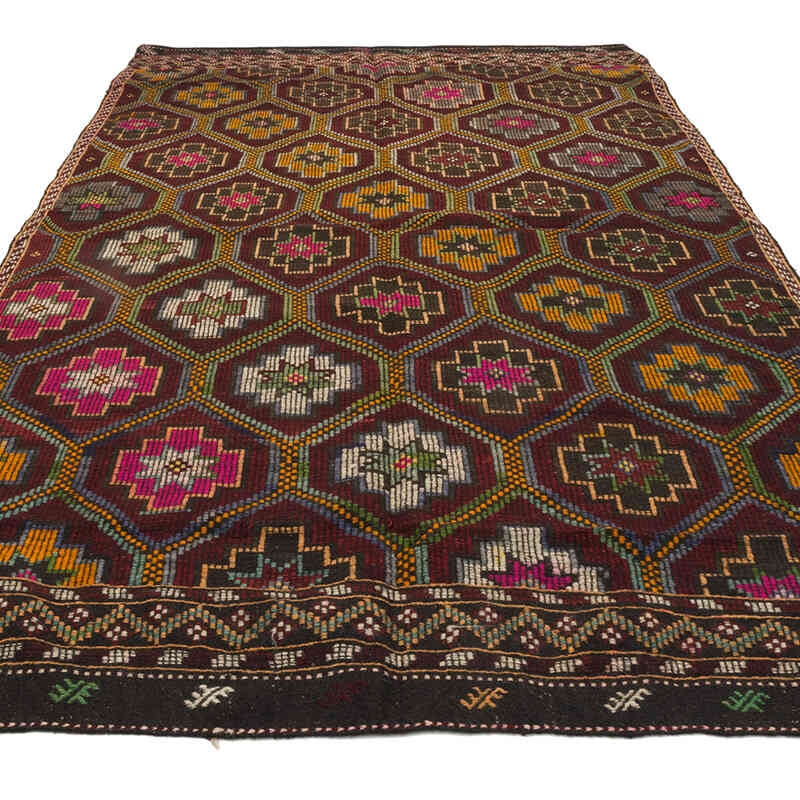
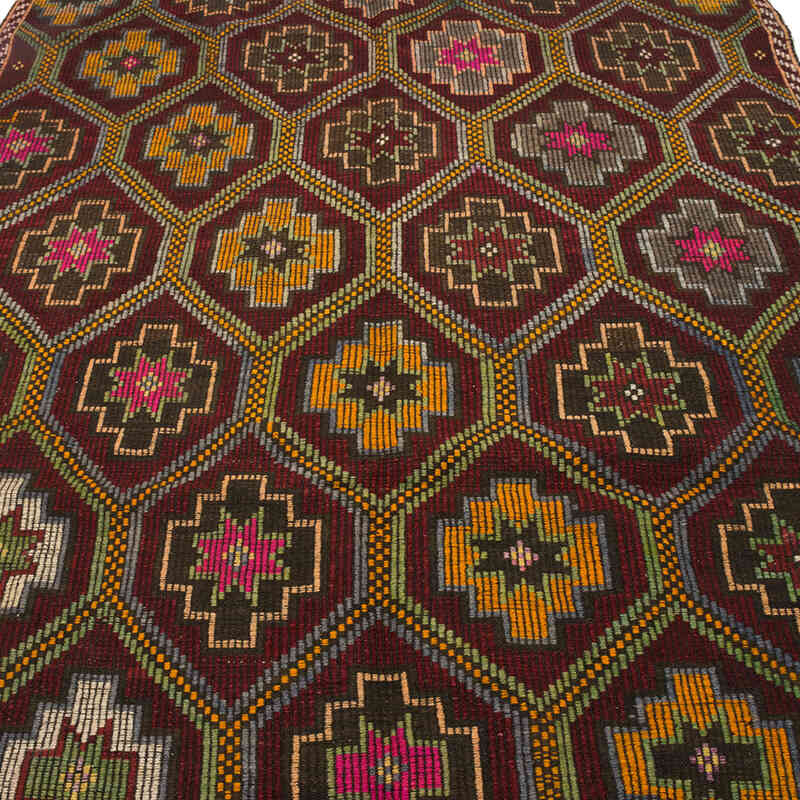
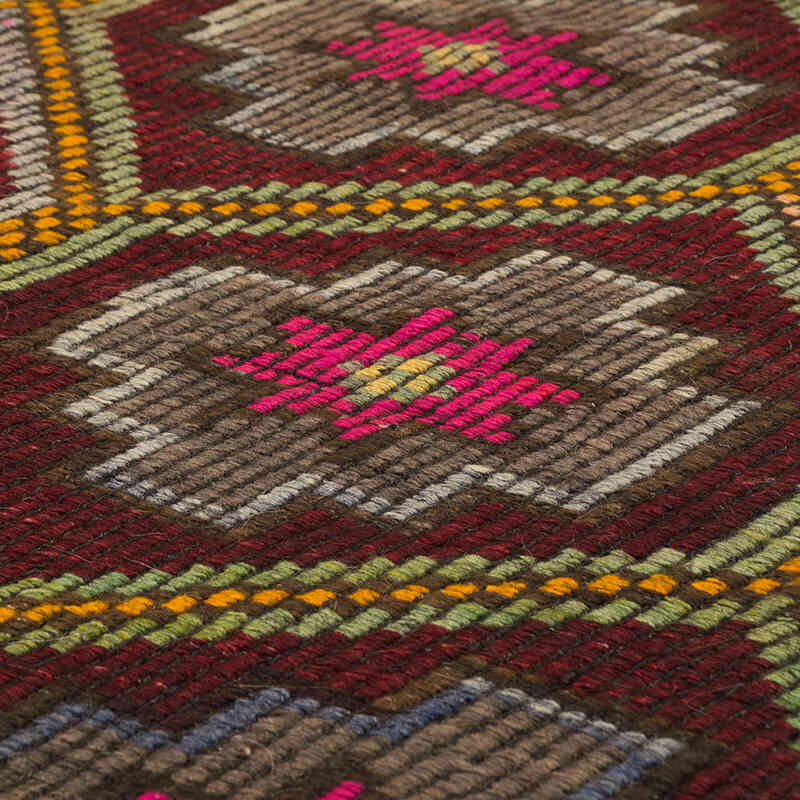

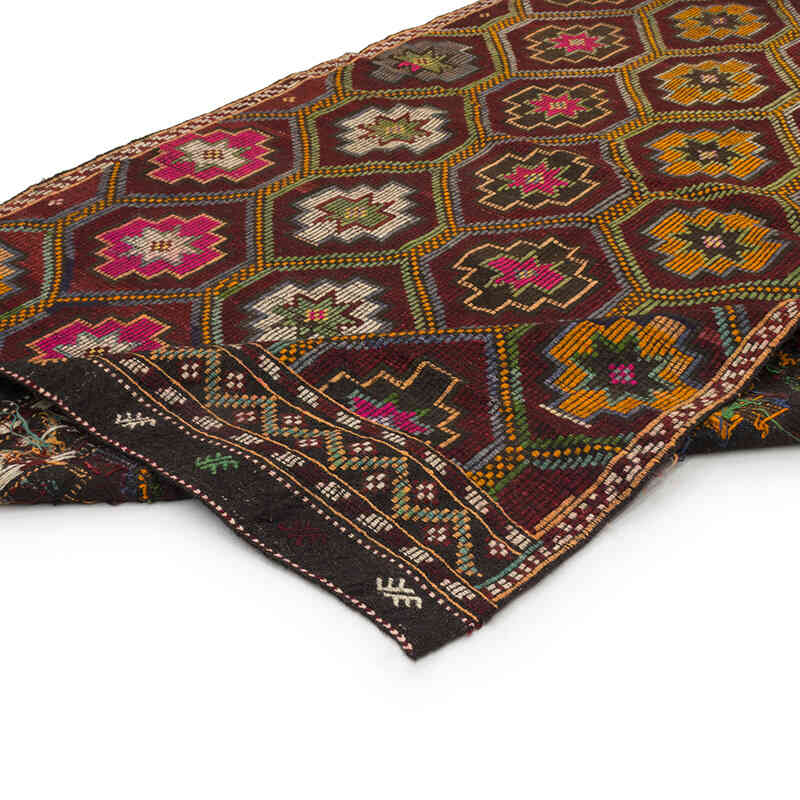
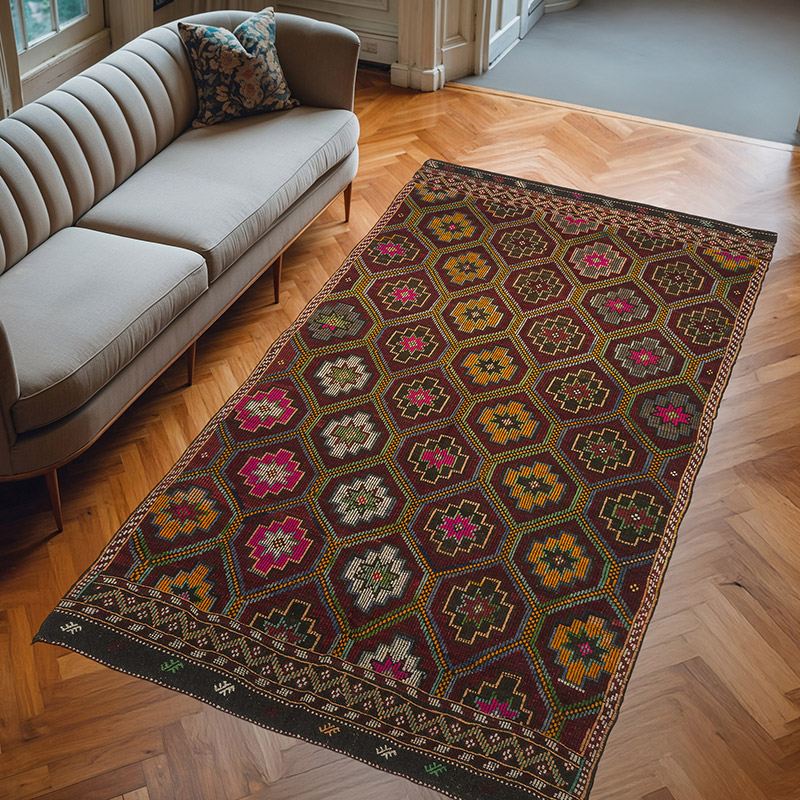
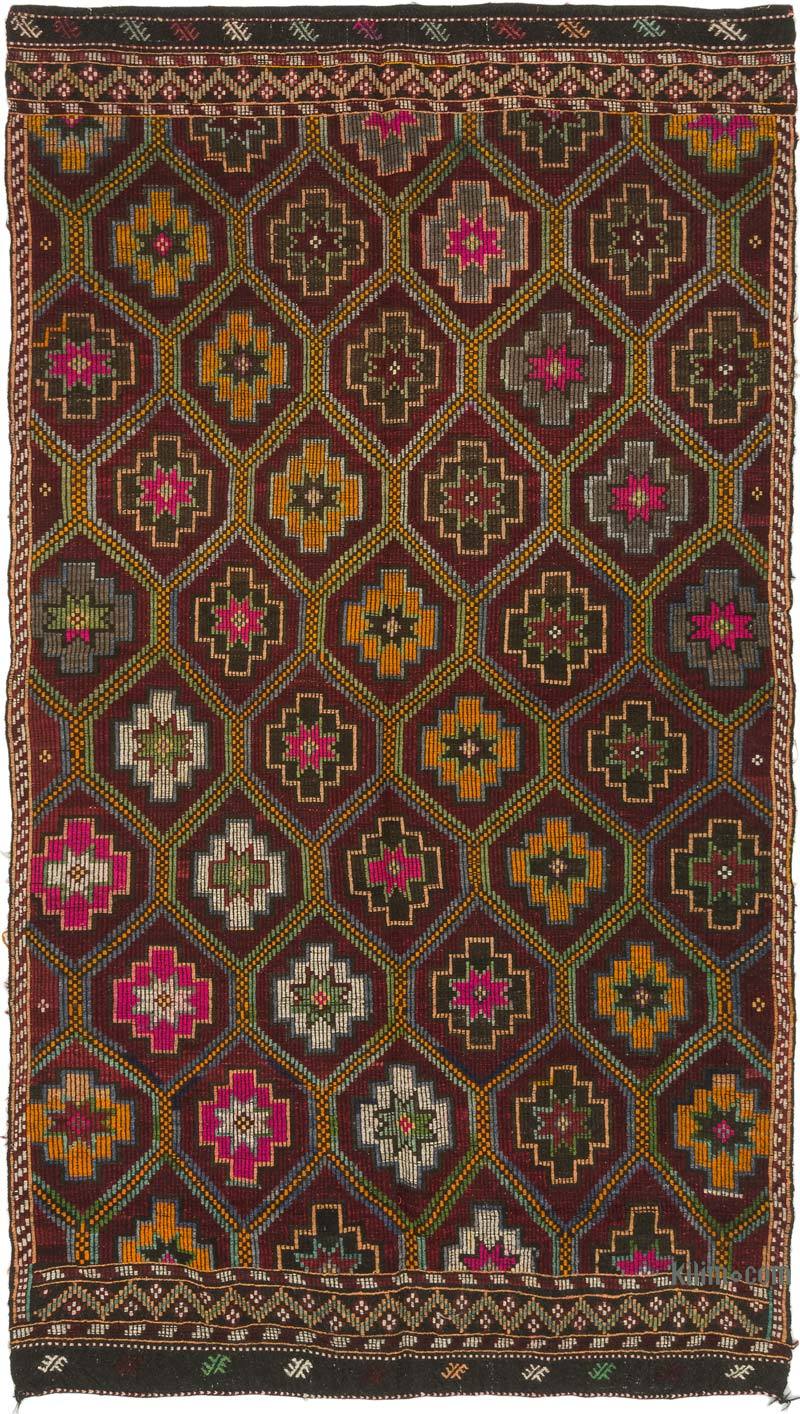
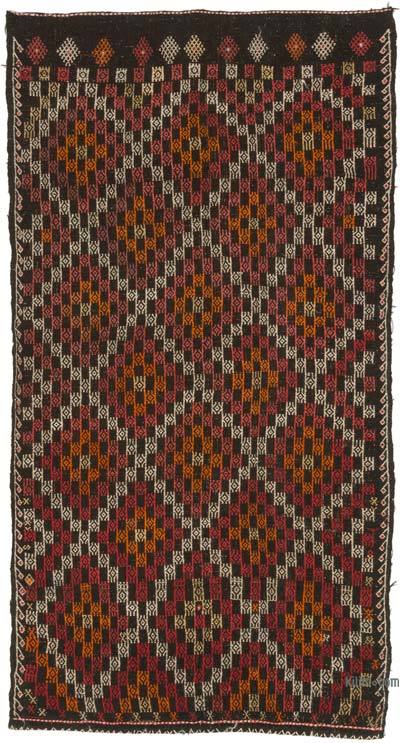
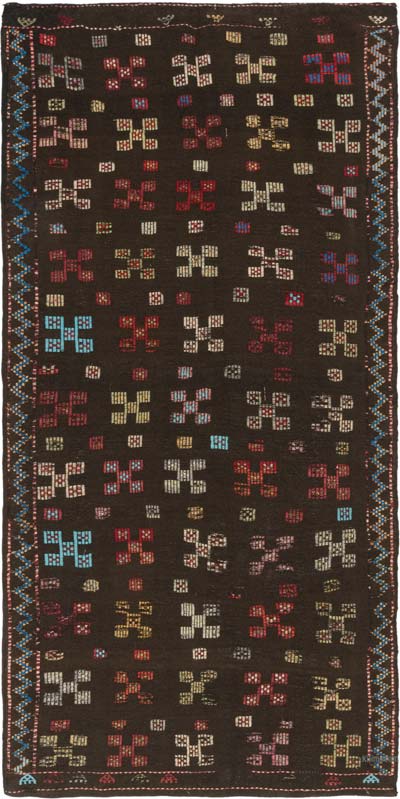
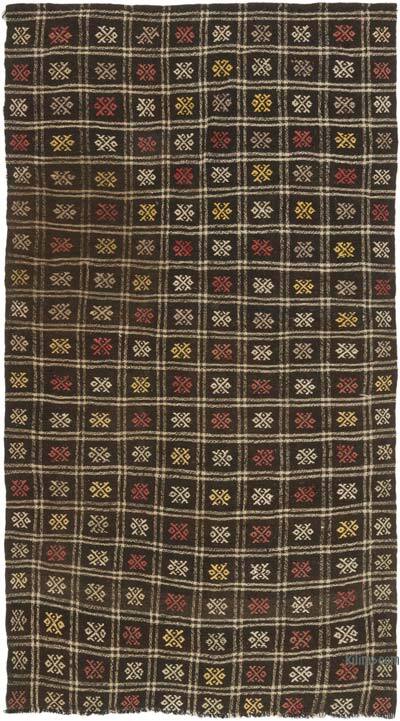
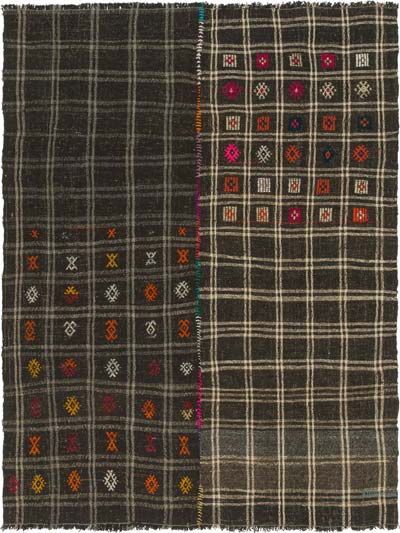

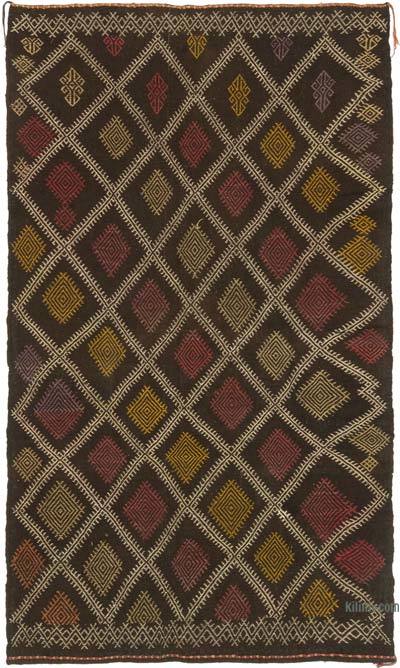
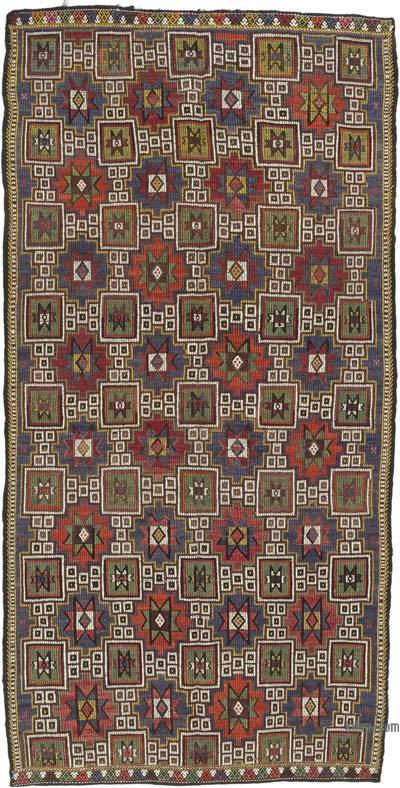
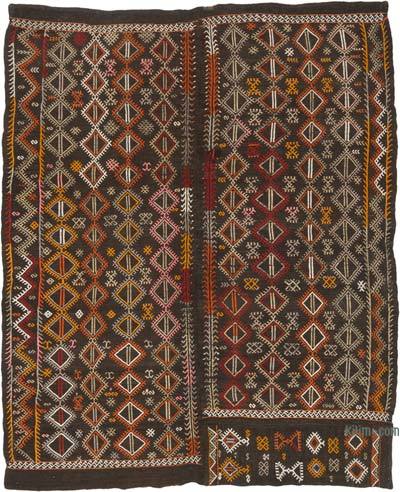
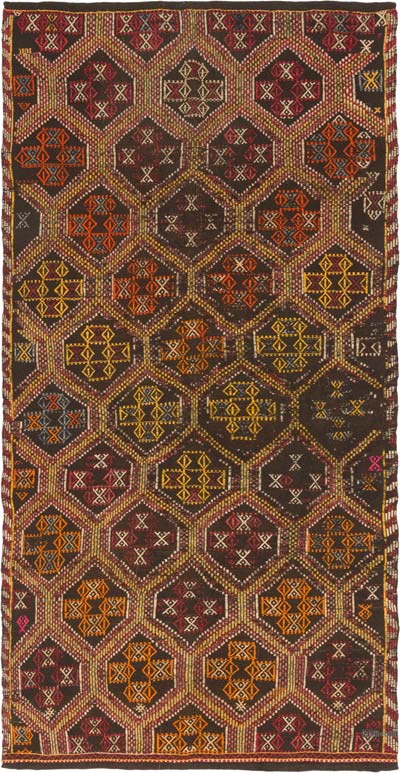
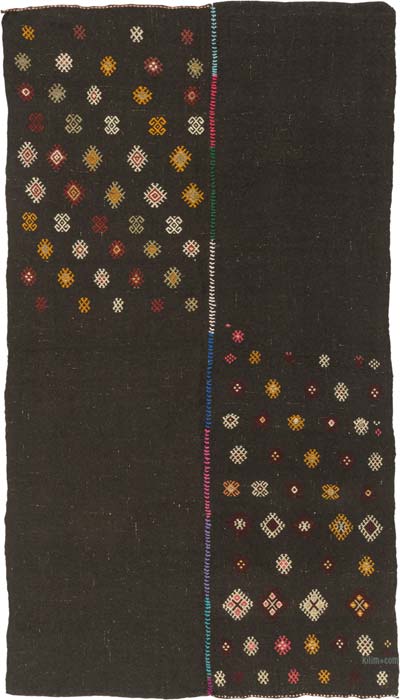
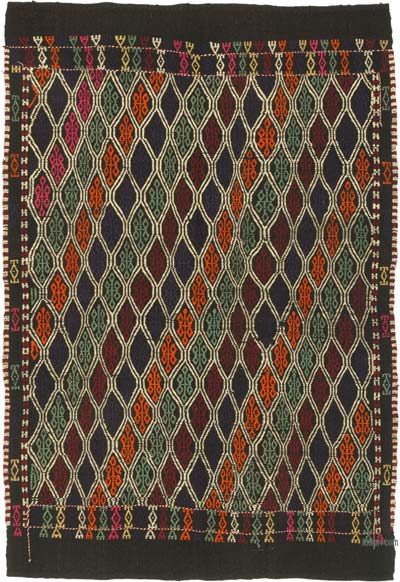
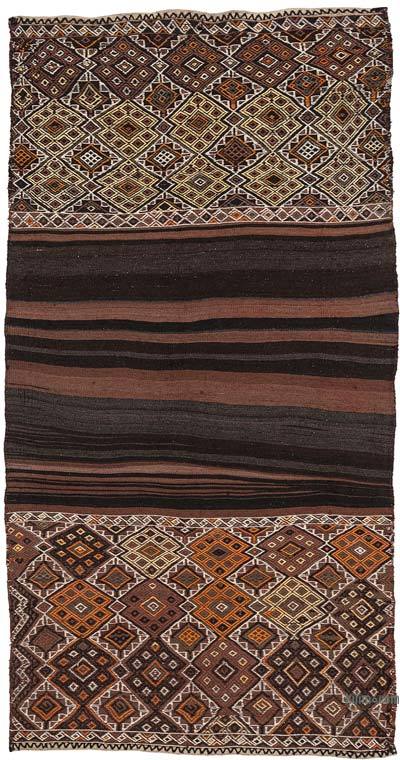
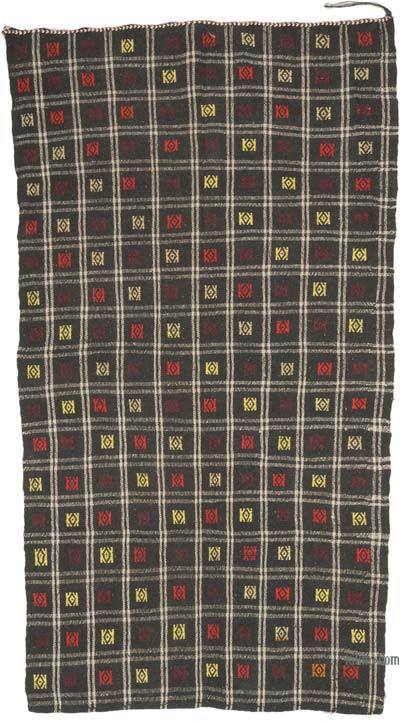
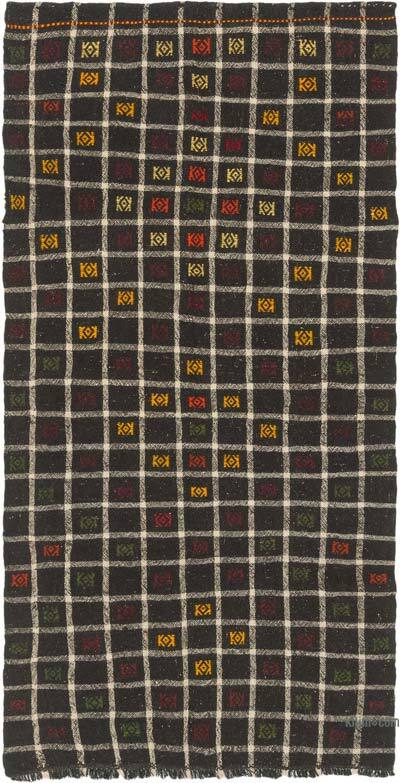
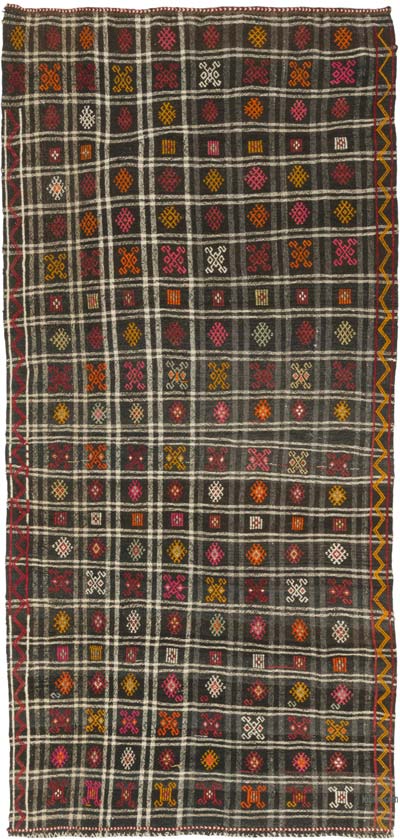
Exceptional!